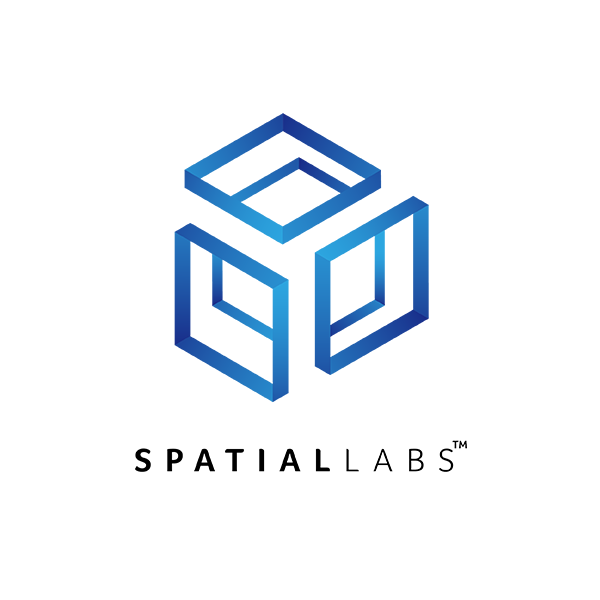
Whether you’ve just finished building your dream gaming rig or unboxed a powerful prebuilt system, installing the right software is key to getting the most out of your hardware. From monitoring temps to managing drivers and customizing lighting, these essential apps will help you optimize performance, clean up clutter, and take full control of your new gaming computer.
1. HWiNFO64 — Real-time hardware monitoring and diagnostics

HWiNFO64 is a professional-grade system information and monitoring tool used to inspect every detail of your PC hardware. When launched, it scans your system and presents a comprehensive report of every connected component—your CPU, GPU, motherboard, RAM, storage drives, sensors, BIOS version, fan speeds, voltage readings, and much more. It gives not just names and specs, but highly granular values such as CPU core temperatures, per-core usage percentages, memory timings, and disk throughput.
This tool is widely used by enthusiasts and professionals alike because of its unmatched detail and accuracy. It supports sensor monitoring in real-time, which means you can leave it running in the background during gameplay or stress tests to observe how your system responds under load. You can also set up alerts if certain components exceed thermal or voltage limits, helping prevent hardware damage.
HWiNFO64 also integrates with other programs, such as RivaTuner Statistics Server (RTSS) or Rainmeter, to feed sensor data into on-screen overlays or widgets. This makes it an excellent tool for identifying thermal throttling, diagnosing overheating issues, or simply optimizing your cooling setup. If you want to fully understand what’s going on inside your PC, this is the tool to start with.
2. Revo Uninstaller — Deep software removal

Revo Uninstaller is a utility designed to uninstall programs from your PC completely—removing not just the program’s core files, but also the leftovers that normal uninstallers often miss. When you uninstall a program via Windows' built-in system, it often leaves behind registry entries, user files, and folders buried in hidden directories. These remnants can accumulate over time and clutter your system.
Revo solves this problem by using a two-step process. First, it runs the program’s standard uninstaller. Then, it performs an advanced scan for leftover files, folders, registry keys, and other associated data. It allows you to review and delete these leftovers manually or automatically. The end result is a much cleaner and more complete uninstall process.
It also offers a “Forced Uninstall” feature for removing programs that won’t uninstall properly or are already partially deleted. Another unique feature is "Hunter Mode," where you drag a crosshair onto a running program's window or desktop icon and it identifies and offers to remove it.
Revo is ideal for cleaning up broken software, removing bloatware from prebuilt systems, or ensuring a program is fully gone before reinstalling a fresh copy.
3. MSI Afterburner — GPU overclocking and fan control

MSI Afterburner is the most popular GPU tweaking software in the world, and it works with both NVIDIA and AMD graphics cards—not just MSI-branded ones. It’s primarily used for overclocking, which means increasing your GPU’s performance by adjusting core clocks, memory speeds, and voltages.
The interface allows you to raise your GPU's core and memory clocks in small increments and test stability while observing real-time changes in performance, power draw, and temperature. If done safely, overclocking can result in noticeable performance gains in games and rendering workloads.
Beyond overclocking, Afterburner also lets you customize GPU fan curves. This is critical if your GPU runs too hot under default settings or if you prefer quieter operation when idle. By creating a custom fan profile, you can make your fans ramp up only when needed or become aggressive when high temps are detected.
Afterburner also includes real-time monitoring and logging for GPU and CPU temperatures, usage percentages, framerates, and more. These metrics can be displayed on-screen while gaming using RTSS (discussed below). The program also includes a built-in benchmarking utility and even basic screen/video capture functionality.
4. RivaTuner Statistics Server (RTSS) — On-screen display and frame limiting

RTSS is a powerful companion app, often used in tandem with MSI Afterburner or HWiNFO. Its main function is to display real-time performance metrics as an on-screen display (OSD) while you’re playing games or running applications. This overlay can show framerates, GPU and CPU temps, frametimes, VRAM usage, fan speeds, and more—highly customizable in terms of color, position, and formatting.
In addition to its monitoring overlay, RTSS includes a framerate limiter. Capping your FPS can be useful for reducing GPU usage, power consumption, or heat in scenarios where max performance isn’t needed (such as older games or when using VSync). This can also reduce screen tearing or stuttering in some cases.
Advanced users can make use of Scanline Sync, a feature that offers tear-free frame synchronization without the input lag of VSync, though it requires careful tuning.
RTSS runs silently in the background and uses minimal system resources. If you’ve ever seen a streamer or YouTuber with an FPS/temp overlay on the top corner of their game, they’re probably using RTSS in combination with Afterburner or HWiNFO.
5. Display Driver Uninstaller (DDU) — GPU driver cleanup tool

Display Driver Uninstaller, better known as DDU, is a specialized utility for completely removing graphics drivers from your system. This includes drivers from NVIDIA, AMD, and Intel, as well as associated files, registry entries, cached settings, and services. Unlike standard uninstalls that leave fragments behind, DDU ensures a truly clean slate.
This tool is critical when switching between GPU brands (e.g., from AMD to NVIDIA), performing a clean reinstall after a corrupted driver update, or troubleshooting GPU-related issues such as driver crashes, black screens, or failed updates. DDU can also help fix problems with games not launching or running properly after a GPU driver update.
DDU is best used in Windows Safe Mode, which the tool itself can help you boot into. This minimizes background interference during driver removal. After cleaning, DDU will prevent Windows from auto-installing drivers until you manually install your preferred version—ensuring you stay in control of what’s installed.
Important warning: DDU should be used responsibly. It’s a powerful tool and not meant for routine driver updates. Use it only when necessary.
6. OpenRGB — Cross-brand RGB lighting control

OpenRGB is an open-source RGB lighting controller that aims to replace all the proprietary, bloated, and often buggy software that comes with RGB-enabled hardware. Normally, RGB devices like your RAM, motherboard, GPU, fans, or peripherals all require different brand-specific apps—Aura Sync for ASUS, Mystic Light for MSI, iCUE for Corsair, etc. These apps often run in the background, consume resources, and can conflict with each other.
OpenRGB solves this by acting as a unified interface for most RGB-capable devices, regardless of brand. It lets you control lighting effects, colors, brightness, and patterns across supported components in one place—without needing to install or run any of the official tools from motherboard or peripheral vendors.
You can group multiple devices together for synchronized lighting, save and switch between profiles, or even script lighting behavior. For example, you could configure RGB to change based on CPU or GPU temperature.
It's also telemetry-free and doesn’t require background services, which appeals to privacy-conscious users or those who want a leaner system. That said, compatibility can vary depending on your hardware, and updates to BIOS or firmware may sometimes break support temporarily.
7. PredatorSense — Acer’s all-in-one control hub for performance, cooling, and RGB

PredatorSense is Acer’s all-in-one control hub designed specifically for its Predator and select Nitro gaming laptops and desktops. It gives users direct access to key performance and customization settings, including real-time monitoring of CPU and GPU temperatures, fan speeds, system usage, and overclocking options on supported models. With just a few clicks, you can adjust fan profiles for better cooling, apply safe GPU overclocks for extra performance, or activate pre-set modes tailored for gaming or quiet operation.
Beyond performance tuning, PredatorSense also handles system lighting customization. On RGB-enabled models, users can personalize keyboard backlighting by color, brightness, and effect—either per zone or per key depending on the device. The software also allows game-specific profiles, letting you assign unique fan, lighting, and performance settings to launch automatically with each title. For Acer users, PredatorSense strikes a balance between powerful hardware control and ease of use, without needing to rely on third-party apps.
Recommended Products








